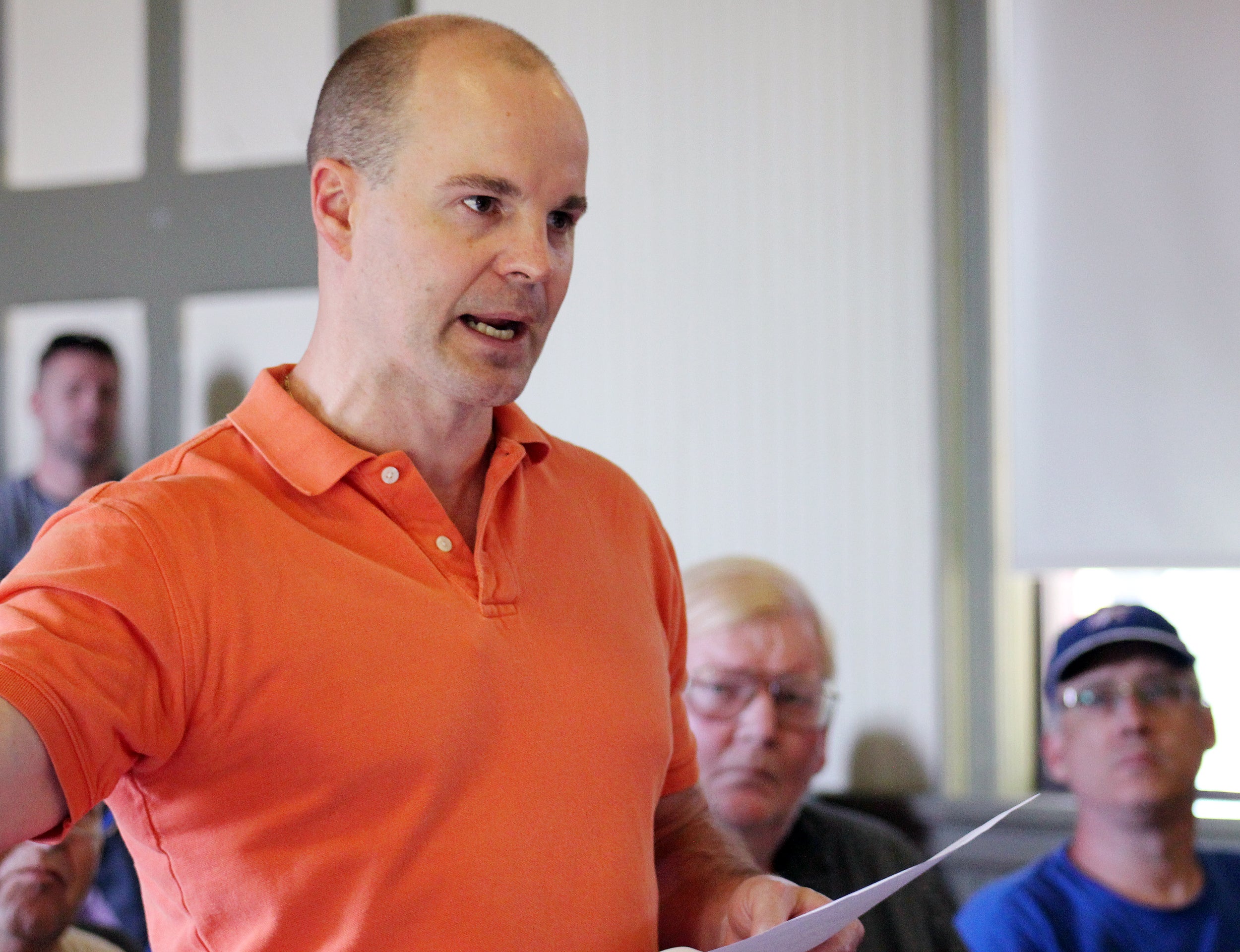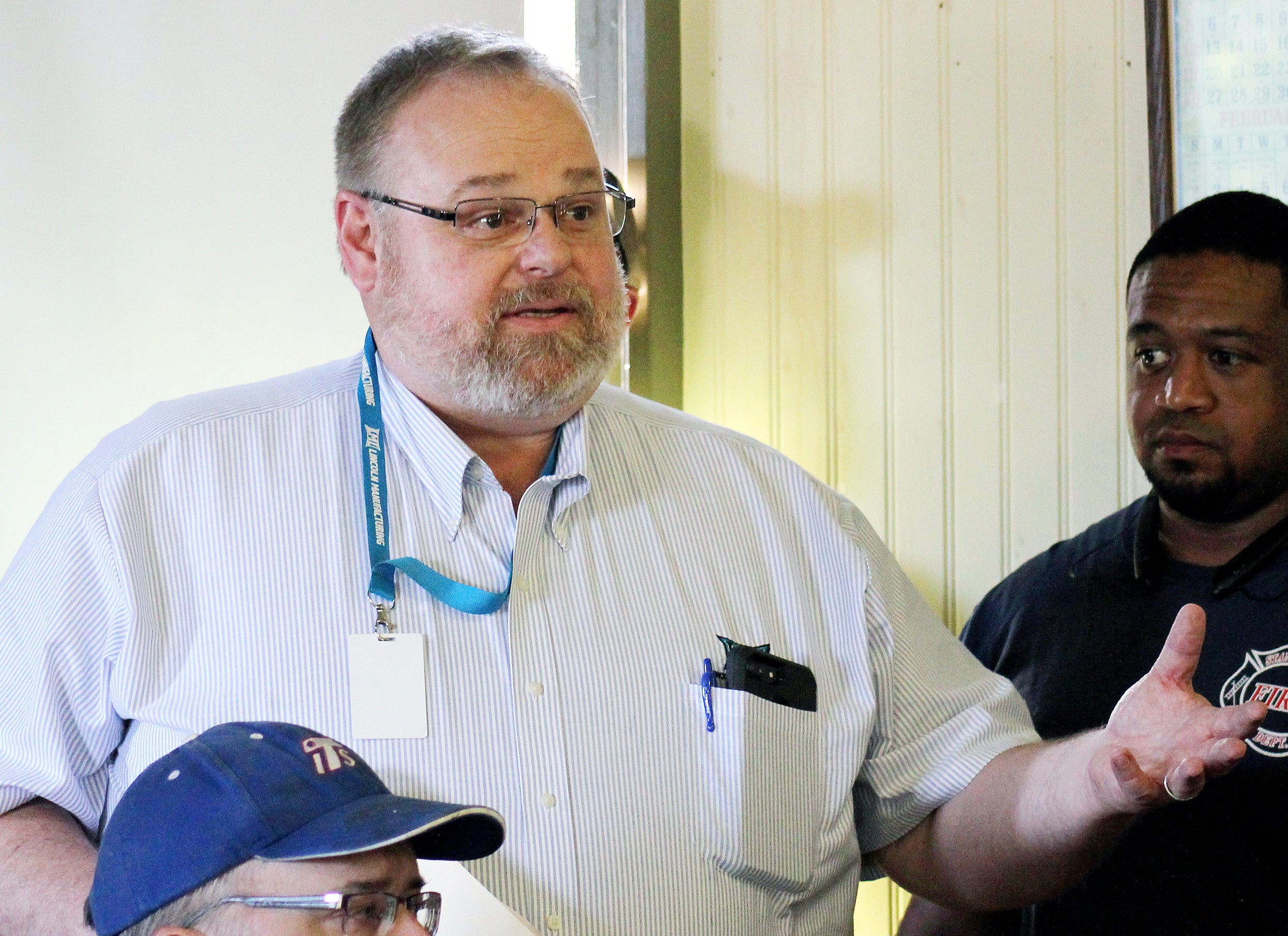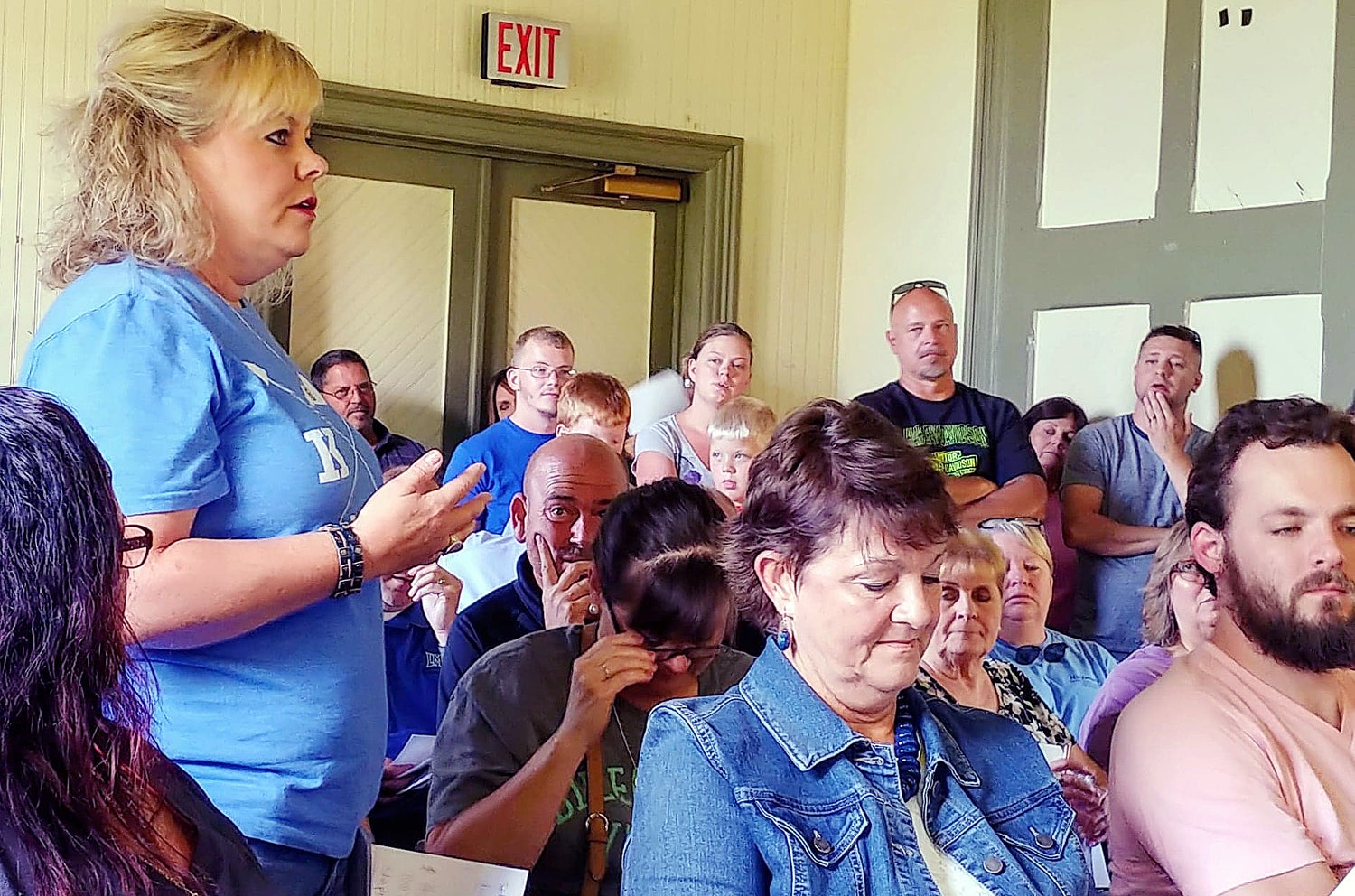Stanford approves first reading of smaller payroll tax increase
Published 11:18 am Thursday, June 21, 2018
STANFORD — With more than 60 members of the public in attendance Monday night, the Stanford City Council voted to adopt a smaller increase to the occupational payroll tax than previously proposed.
The new rate, if it passes a second reading, would be 1.25 percent, instead of 2 percent. The current rate is .65 percent, which officials have said is among the lowest in the state.
Council members gathered Monday night for a special called meeting to consider a second reading of the 2-percent rate, but after more than three hours of discussion, they voted instead for the smaller 1.25 percent rate.
Under the current .65 percent rate, someone making $480 a week ($12 an hour, 40 hours a week) pays $3.12 a week out of their paycheck to Stanford, or $162.24 annually. If a second-reading of the 1.25 percent occupational tax is passed, the same worker will pay Stanford $6 out of their paycheck every week, which equals $312 per year.
The first discussion over raising the tax rate began during the council’s regular meeting this month. During that meeting, council member Scottie Ernst explained the city’s need for additional revenue in anticipation of an annual 12-percent state-mandated increase in pension contributions to the County Employees Retirement System.
According to Ernst’s calculations, the 12-percent increase — which could continue each year for up to 10 years — will cost Stanford an additional $127,120 in 2018-19 and after 6 years, that cost could double to about $$224,000. By the tenth year (2027-28) Stanford’s pension contributions could cost about $353,000.
That’s assuming the state pensions board requires the maximum 12-percent increase every year. The state board bases its decisions on pension contributions on actuarial analyses of how well the pension funds are performing.
During the regular meeting earlier this month, Ernst also presented an overview of city employee salaries compared to other cities in the state, which showed that many of Stanford’s employees, including police officers and firefighters, were paid either below the lowest rate reported to the state or in the bottom 25 percent.
Stanford Mayor Eddie Carter opened Monday’s meeting with several positive points about the city’s financial situation. The city expects to have a surplus of $150,000 at the end of this fiscal year and many new jobs are expected to come to the area, he said. The revenue from new jobs, annexation of additional land into city limits and other developing circumstances in the city are not planned for in the current budget, Carter said, but will amount to additional revenue at some point.
“I’ll say this on the 2 percent: I was never for it, never will be for it and I will veto it if it passes tonight,” Carter said. “I’ve never vetoed anything in my life, for 20-something years, but I really feel that strongly, that it doesn’t need to be 2 percent.”
The city’s remaining debt on a new fire truck — about $300,000 — will also be paid off in the next three to four years, which will free up more money for the city to use, Carter noted.
According to estimates calculated by Bob Casher with the Bluegrass Area Development District, the 1.25-percent payroll tax would generate about $1.15 million in revenue for Stanford, which is approximately $560,000 more than the .65 percent payroll tax generated in 2017-18.
A 15-percent wage increase for all city employees, including part-time police officers and volunteer firefighters, will cost about $138,000.
With all six council members voting in favor of the motion, a first reading of the 1.25-percent occupational payroll tax — which does not include or change the net profits tax rate of .65 percent — was passed — but not before they heard from a packed room at the historic L&N Depot.
Public comments
Local physician William Stafford told council members increasing the payroll tax is “mistaken and misguided.”
“The fact is, the current payroll tax … is a percentage tax. I repeat, it is a percentage tax,” Stafford said. “Percentages are ratios. As such, the amount of money the tax produces fluctuates. Importantly, it grows as the community increases in size or when its members become more productive.”
Stafford said increasing funds for the police and fire departments through increasing the numerical percentage of the tax increases income to police and firefighters by decreasing the wages of everyone else in the city.
“It is a promotion to a few funded by a demotion to everyone else,” he said. “It is selfish and self-defeating.”
There are alternative ways of increasing the income of police officers and firefighters without harming the rest of the community, Stafford said, including encouraging businesses to locate in Stanford, asking police and firefighters to raise their income by becoming more productive and doing more with less, and by encouraging more people to work.
“Or, alternately, beg the state and federal government to stop paying people not to work,” Stafford said.
Stafford said there is nothing wrong with police and firefighters desiring pay increases but raising the payroll tax — or any tax — is not a smart or healthy way to do it in the long run.
Debbie Francis, a Stanford resident, asked the council to consider the 1.25 percent occupational payroll tax rate instead of the proposed 2-percent rate, since 1.25 percent would cover the funding needs for the police and fire departments.
“We’re basically doing taxation without representation because the people working in Stanford, like my friend Virginia who lives in Garrard County or Thea, who lives in Casey County, but they work in Stanford, they don’t get to vote on the people who (decide) our taxes,” Francis said.
Council member Ernst said on the other hand, there are many people who live in Stanford and work in Danville — and pay Danville’s occupational payroll tax.
Francis said she wasn’t against the payroll tax but raising the rate to 2 percent seems excessive.
Council member Peggy Hester added that Stanford’s current occupational payroll tax of .65 percent is the lowest out of 70 cities in central Kentucky.
“The argument that people are coming here from different counties and they’re going to be taxed more — they’re taxed less than any other city in the 70 that are in our vicinity,” Hester said.
Kenny Harris, an employee of Lincoln Manufacturing USA, asked city council members to consider raising property tax rates for Stanford residents, rather than increasing taxes on those working in Stanford but living elsewhere.
“I’m speaking on behalf of myself but I want to point out what a couple of the other folks have mentioned,” he said. “… you’re hurting business when you raise the occupational tax this way. It makes it harder for all of us to get employees who want to stay here and work.”
The wages here are lower, Harris said.
“The folks at Lincoln Manufacturing got a raise the first of June. If this tax is passed, it effectively takes that away,” he said. “I’m not opposed to raising the tax, I know a tax increase is necessary for the city to maintain, but I think the burden should be shared with the residents of the city if the residents want better sidewalks and better streets …”
The mayor and other council members agreed that former city leaders did not increase property tax rates enough to keep up with city costs. Carter also reminded the room that the city took a hard blow when Affinia Brake Parts Inc. left and took about 400 jobs with it.
“Four hundred pretty-good-paying jobs,” Carter said. “That was a tremendous blow to this community.”
Todd Boyd said he works in Stanford and makes $12 an hour and, as it is, can’t even afford health insurance, let alone afford to lose more money to increase compensation for police and firefighters already receiving it.
“This is all about insurance and retirement — see, I can’t even afford insurance or retirement or anything else. I guess you could call me a ‘have-not,'” Boyd said. “You’re going to take my pay and cut it to give to people who have, so they can have more? That ain’t right. What does that make me, expendable or something?”
Thea Long, a local teacher, said the school campus where she works includes the high school, the sixth grade center and the middle school, all of which has been annexed into the City of Stanford.
“We already pay more taxes than most other teachers in the county,” Long said.
Dalton Miller, a Stanford resident and firefighter, said outside of Stanford’s appealing historical district, the city doesn’t have much.
“We can’t invite businesses here. You know part of the reason? It’s because our drug problem that we have. It’s not only us, it’s Danville, it’s everybody else. There are companies that have stopped drug-testing just to get employees,” he said. “If we don’t do something here, I’m going to lose my other two kids. One’s already going to move. He drives now to work and pays a lot more than I ever paid in city taxes and he’s 20 years old … Why would I care about a town that I can’t keep my family in?”
Miller said it’s not about a raise for fire and police, it’s about their retirement.
“These guys chose a profession that paid less money for a guaranteed 20-year retirement that went to 25 years and they have no say in it,” Miller said. “They chose a profession that paid less for that promise … nobody spoke up on their behalf. Nobody went to battle for them in Frankfort. I don’t want to pay more taxes but I know I have to in order to fulfill what I want to see done with my own kids.”
Miller said he doesn’t care if the council increases the tax rate now but he does not want to see continual increases in the future.
“Like I said, if you punch me once in the mouth I’m going to get over it, but if you continually hit me in the mouth with tax increase after tax increase every two years, I will fight back,” he said.
IF YOU GO
A special called meeting for the second reading of the 1.25 percent occupational tax rate will be held Thursday, June 21 (today) at 6 p.m. at the L&N Depot in Stanford. The meeting is open to the public.







